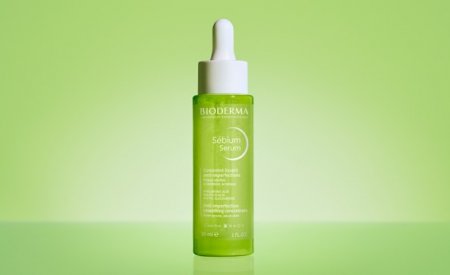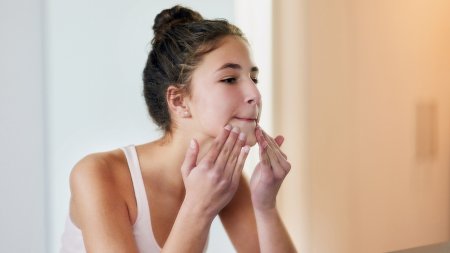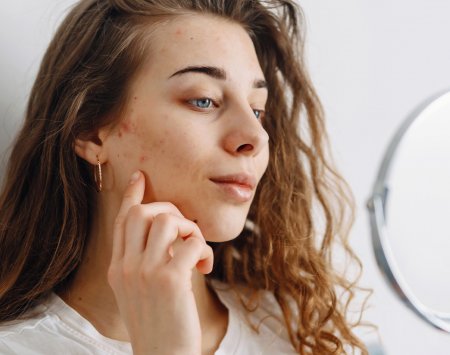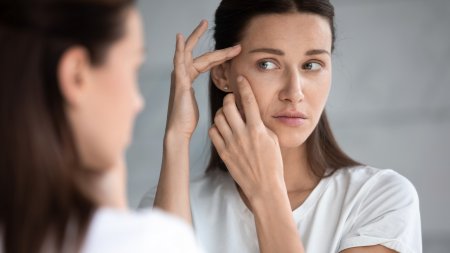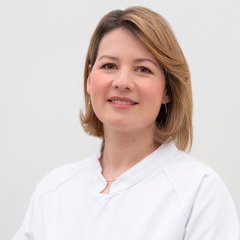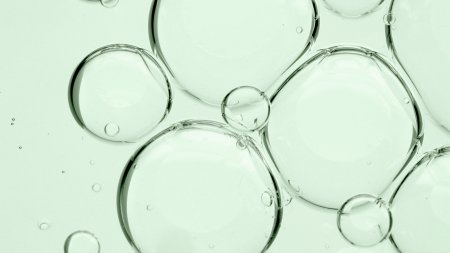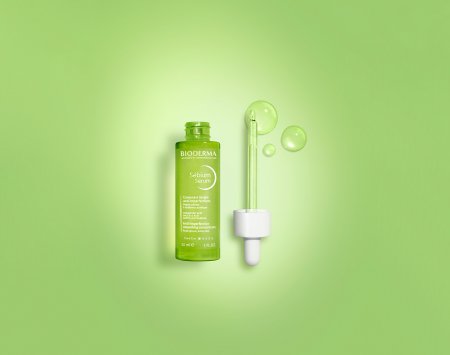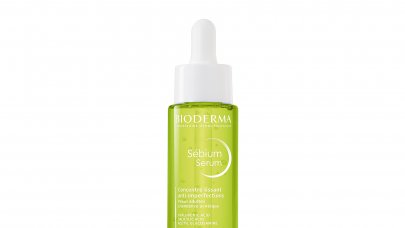Acne is caused by dyssebhorroea, a change in the quality of sebum, hypersebhorroea, an increase in the quantity of sebum, and hyperkeratinsation, an increase in the number of skin cells.
With dyssebhorroea, sebum’s composition is altered. It becomes oxidised and thickens. Secreted in large quantities – hypersebhorroea – it clogs the sebaceous glands.
At the same time, there is also a large increase of hyperproliferation, in the sebaceous duct’s keratinocytes, or skin cells. They stick to each other so that it becomes harder for dead cells to shed. The pilosebaceous canal – or hair shaft – becomes blocked, and sebum can’t evacuate.
The result of this is : blemishes! They appear in two forms. There can be comedonal acne, consisting of blackheads and whiteheads. Inflammatory acne, more common in adult acne, is made up of pimples, pustules and papules. All leave marks as they heal and can possibly result in scars.
